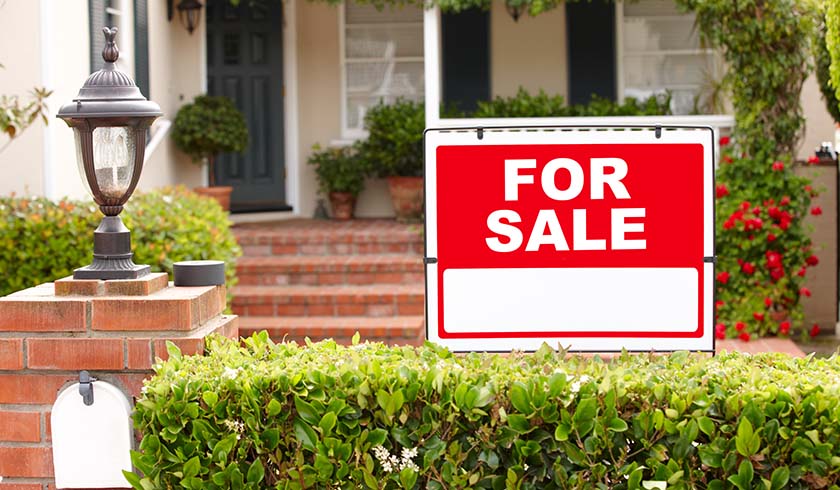Capital city listings down as lockdowns disrupt market
The latest wave of localised lockdowns have led to significant falls in property listings across affected areas, new research has revealed.

Latest figures from SQM Research revealed a 1.1 per cent increase in national residential property listings over July, bringing the total number to 238,834 from 236,218 in June. However, compared with 12 months ago, listings are down 23.6 per cent.
Month-on-month, Sydney and Adelaide saw the largest declines in property listings as the latest lockdowns disrupted the markets, with monthly declines of 5.1 per cent and 1.4 per cent, respectively.
“Total listings over July were predominantly impacted by lockdowns, particularly for Sydney whereby there was a 19.7 per cent decline in new listings,” according to SQM Research managing director Louis Christopher.
“Older listings also had another monthly fall, indicating strong absorption rates across the country.”
The remaining capital cities saw listings rise over the month, with Canberra leading the charge at 4.8 per cent, followed by Melbourne with 3.9 per cent, Darwin with 3.3 per cent, Hobart with 3.2 per cent and Brisbane and Perth with 2.8 per cent each.
“Melbourne’s market appears to be more active than this time last year, despite the most recent lockdown and mixed auction clearance rates,” Mr Christopher noted.
Still, despite recording the largest monthly drop, Sydney had the second highest number of listings as of July, at 25,411, just behind Melbourne with 37,318. Brisbane and Perth followed with 23,203 and 22,142, respectively.
The lowest number of listings was recorded in Hobart at just 1,244.
Year-on-year, the data saw a lot more negatives, with seven out of eight capital cities witnessing a decline.
The largest annual drop was seen in Hobart at 36.7 per cent, followed by Canberra with 27.1 per cent, Adelaide with 25.8 per cent, Brisbane with 23.9 per cent, Sydney with 21 per cent, Melbourne with 10.8 per cent and Perth with 1.7 per cent.
Only Darwin saw an annual increase in listings of 6.7 per cent.
Looking ahead, Mr Christopher said the latest city wide closures may still impact the market, although “recently announced government support packages will likely assist the housing market into the spring of 2021”.
New v old listings
Both new and old listings across the nation saw slight declines over the month, at 1.2 per cent and 6.2 per cent, respectively.
New listings refer to stock less than 30 days in the market, while old listings pertain to those that have stayed for greater than 180 days.
Looking into the capital cities, new listings in Darwin saw the largest drop in July at 41.4 per cent, followed by Sydney with 19.7 per cent, Adelaide with 7.2 per cent and Perth with 4.2 per cent.
On the other hand, the largest monthly increase in new listings was seen in Hobart at 27.6 per cent, followed by Canberra with 11.8 per cent, Melbourne with 9.2 per cent and Brisbane with 2.6 per cent.
In contrast, most capital cities saw a decline in old listings over the month, with Hobart recording the largest drop at 19.2 per cent, followed by Adelaide with 15 per cent and Brisbane with 13.2 per cent.
Only Darwin saw a monthly increase in old listings at 1.4 per cent.
